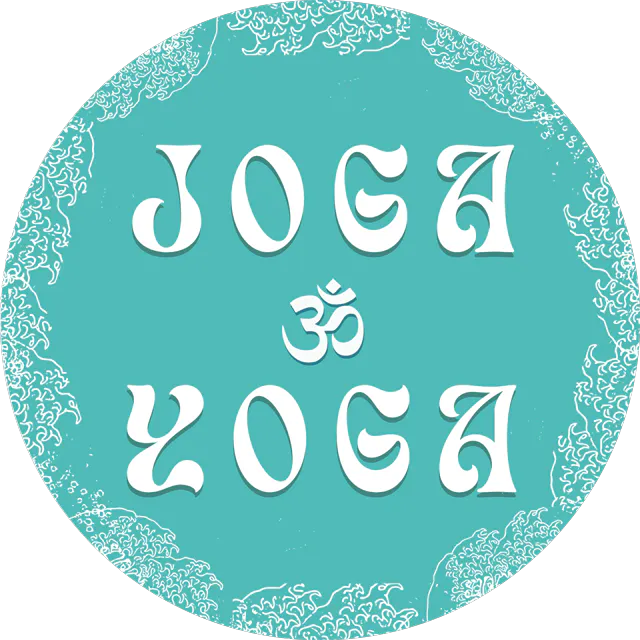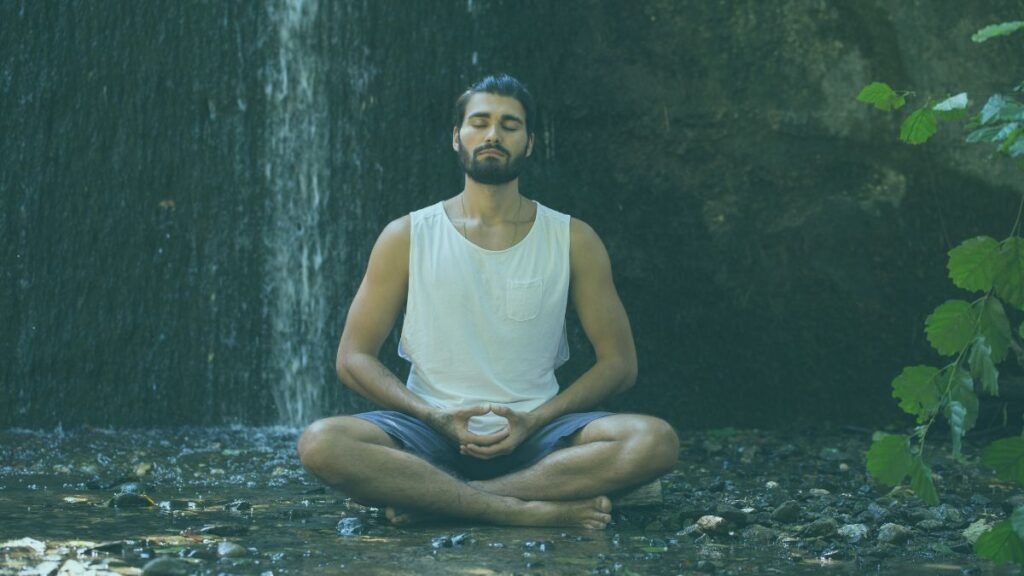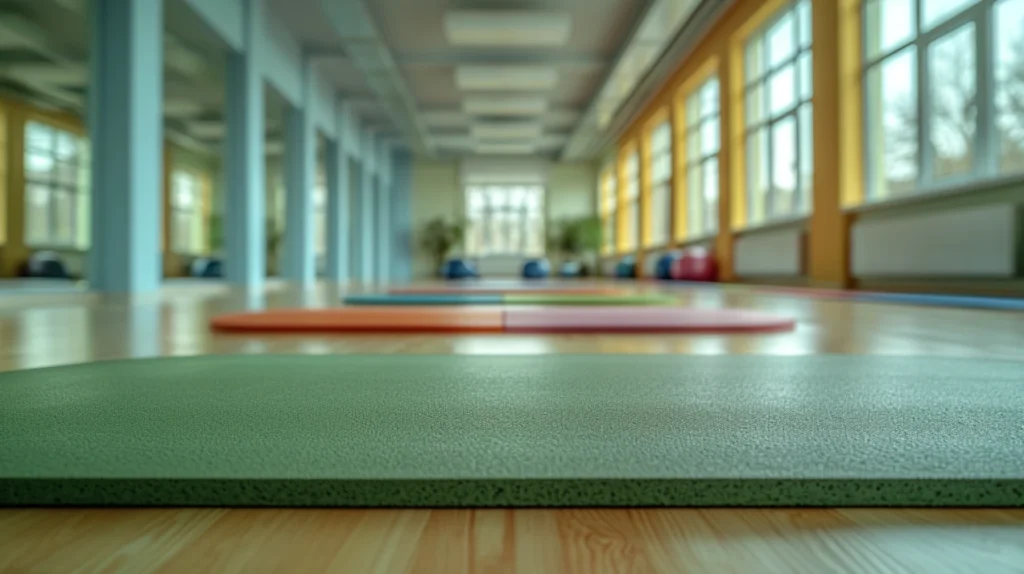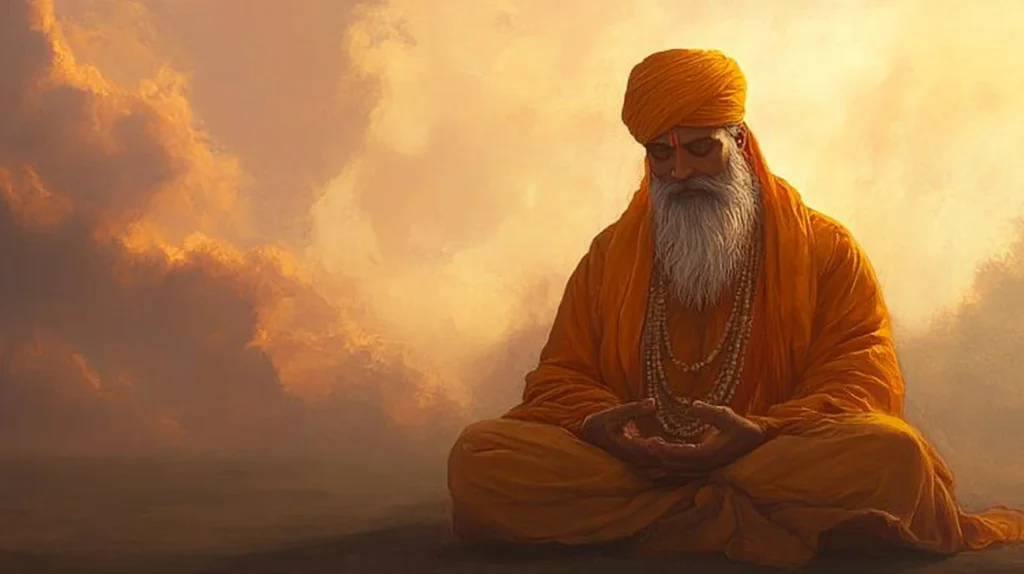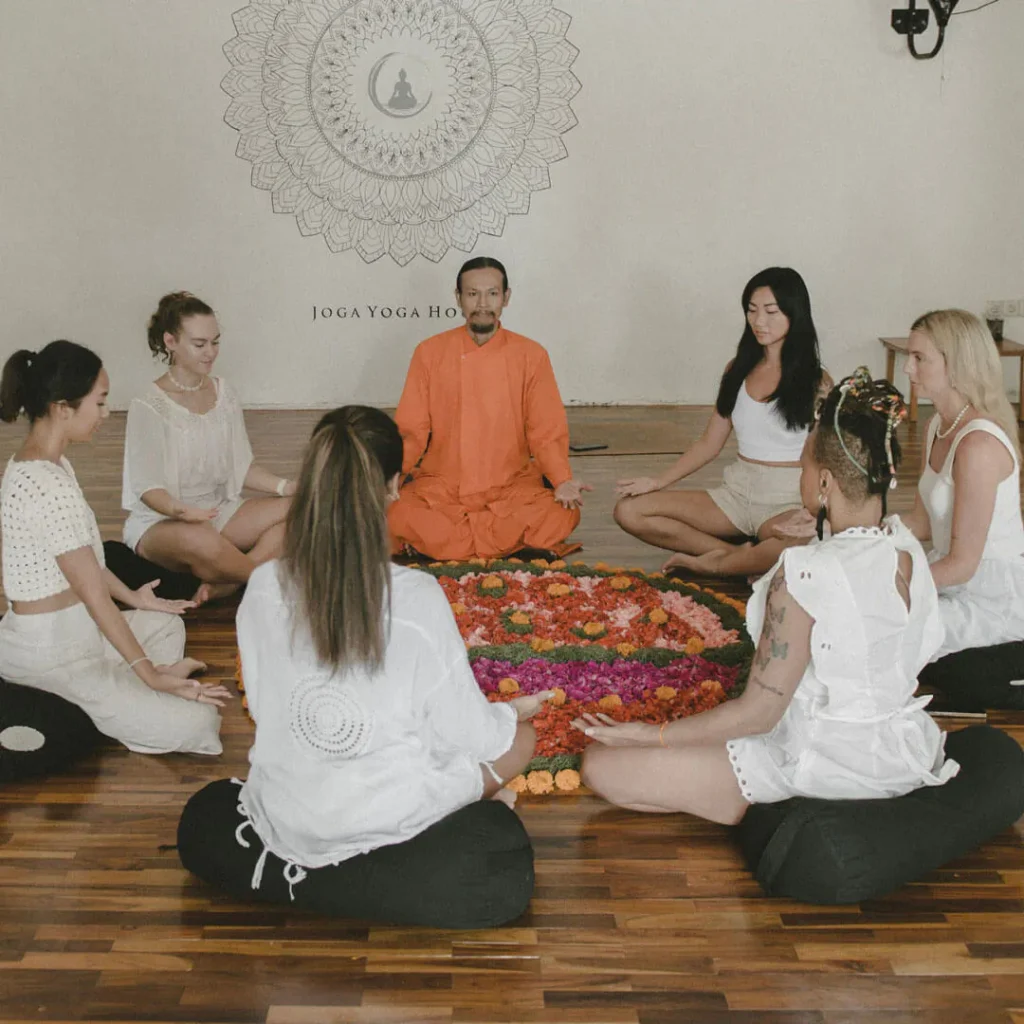Understanding the Meaning of Parampara
The word “Parampara” is deeply rooted in the spiritual traditions of India, particularly in yoga and other Vedic disciplines. Derived from Sanskrit, “Parampara” refers to an unbroken series, a lineage through which knowledge is passed from one teacher, or guru, to the next. This concept is essential in maintaining the purity and continuity of spiritual wisdom across generations, ensuring that the teachings remain true to their source. Parampara plays a vital role in preserving ancient teachings and keeping spiritual practices relevant and powerful in the modern world.

Parampara as a Tradition of Succession
At the heart of Parampara is the idea of succession. This succession is not merely a transfer of information; it is the transmission of wisdom, experience, and insight from a guru to a disciple. This unique form of teaching, known as guru-shishya tradition, ensures that the teachings remain intact, with their essence undiluted by time. The disciple who receives this knowledge is expected to honor the teachings by continuing the transmission line, passing on the same wisdom to the next generation of seekers.
In this way, Parampara forms a living chain that stretches back centuries, often thousands of years. The unbroken nature of this chain ensures that the teachings maintain their authenticity, allowing each generation to benefit from the profound spiritual insights and practices that have been refined and tested over time.
The Transmission of Knowledge in Parampara
In the tradition of Parampara, knowledge is regarded as a sacred gift. This knowledge includes not just theoretical understanding but also practical, experiential wisdom that is gained through years of disciplined practice. Unlike modern education, where information is often disseminated through books and videos, Parampara emphasizes the importance of direct transmission from teacher to student. This ensures that the subtle nuances of spiritual teachings are fully absorbed and internalized.
A key aspect of this transmission is the proximity between the guru and the disciple. This close, personal relationship allows the student to receive the teachings in their purest form, without misinterpretation or dilution. In yoga, this is particularly important because the teachings are not just intellectual—they involve a deep inner experience that must be cultivated under the guidance of a skilled teacher.
Teachings That Survive Through Parampara
The teachings passed down through Parampara are not limited to theoretical knowledge but include practical aspects of spiritual disciplines. In yoga, these teachings can be divided into several key areas:
- Asanas (Physical Postures): Techniques for maintaining physical health and preparing the body for deeper spiritual practices.
- Pranayama (Breath Control): Methods for controlling the breath to enhance energy flow and mental clarity.
- Meditation: Practices aimed at calming the mind and achieving higher states of consciousness.
- Yamas and Niyamas (Ethical Principles): Guidelines for living a morally sound and disciplined life, both on and off the mat.
- Philosophical Teachings: Insights from ancient texts such as the Yoga Sutras, Bhagavad Gita, and Upanishads that guide the practitioner toward self-realization.
Parampara and the Yogic Tradition
In yoga, Parampara is essential for maintaining the integrity of the practice. Modern yoga has become a global phenomenon, with countless teachers and schools offering their own interpretations of the ancient practice. However, these teachings can become diluted without a clear connection to a lineage, losing their original purpose and power.
The great yoga masters of the past, such as Krishnamacharya and Pattabhi Jois, were part of unbroken lineages that stretched back through time. Their teachings, passed down through Parampara, have remained true to the original purpose of yoga: awakening the practitioner to their true nature. By honoring the lineage, today’s yoga practitioners can tap into the same energy and wisdom that has guided yogis for millennia.
Evolving Practices and the Role of Innovation
While tradition is the foundation of Parampara, there is room for evolution and adaptation. As society changes, so too must certain aspects of spiritual practice. However, the key is to innovate in a way that does not break the chain of succession. Innovations in yoga, for instance, may take the form of adapting practices to suit modern lifestyles, but they must always remain grounded in the tradition’s core teachings.
When innovation is allowed to overshadow lineage-based knowledge, the essence of the practice is lost. At its core, yoga is a science of awakening—a deeply experiential path that cannot be fully understood through books or intellectual study alone. The teachings must be lived, experienced, and passed down in a way that honors the wisdom of the past while making room for the future.
Why Parampara Remains Vital in Contemporary Spiritual Practices
In today’s information-saturated world, the concept of Parampara is more relevant than ever. It reminds us that true wisdom cannot be gained through superficial study or casual practice. Instead, it requires a deep commitment to learning from those who have walked the path before us.
As modern practitioners of yoga and other spiritual disciplines, we are the torchbearers of this ancient tradition. Our responsibility is to honor the lineage and continue transmitting knowledge so that future generations can benefit from the same teachings that have guided us. Doing so ensures that Parampara, the unbroken chain of wisdom, remains alive and vibrant for many generations.
Different Meanings and Interpretations of “Parampara”
| Field | Meaning and Interpretation |
|---|---|
| Family | Lineage, values, customs, and traditions passed down through generations, fostering identity and belonging. |
| Society | Cultural heritage, traditions, and knowledge that define a community or nation, promoting social cohesion and cultural identity. |
| Art | Artistic techniques, aesthetic principles, and values passed down through generations, ensuring the continuity and evolution of artistic traditions. |
| Philosophy | Continuous transmission of knowledge and wisdom, emphasizing the importance of spiritual guidance and the pursuit of truth. |
| Religion | Lineage of spiritual teachers and their teachings, emphasizing the importance of following a spiritual path and seeking enlightenment. |
Summary
As we delve deeper into the meaning of Parampara, we discover a powerful force that transcends time and space. It is a living legacy, constantly evolving yet grounded in its core principles. Parampara offers a unique lens through which to view the world, emphasizing the interconnectedness of generations and the importance of preserving cultural heritage.
In an era of rapid change and globalization, understanding and appreciating Parampara becomes even more crucial. It serves as a vital bridge between the past and the future, ensuring the continuity of wisdom and tradition for future generations.
FAQs
What does the word “Parampara” mean?
Parampara is a Sanskrit term that refers to an unbroken succession of knowledge, passed down from one teacher (guru) to the next, ensuring the preservation of spiritual wisdom and practices.
Why is Parampara important in the context of yoga?
Parampara ensures that yogic teachings are transmitted authentically and without dilution, allowing practitioners to receive the same profound insights that have been passed down for generations.
How does Parampara differ from modern learning methods like books or videos?
Unlike books or videos, Parampara relies on direct transmission from teacher to student, ensuring the preservation of subtle, experiential knowledge that is best learned in close proximity to a skilled teacher.
Can Parampara evolve with modern practices?
Yes, while Parampara honors tradition, it also allows for certain adaptations to suit modern times. However, these innovations must stay rooted in the original teachings to maintain the integrity of the practice.
How can one ensure they are learning from a genuine lineage of Parampara?
To ensure authenticity, it’s important to trace your teacher’s lineage and understand their connection to the original tradition. A teacher who is part of an unbroken lineage will be able to provide insights into their own teachers and the traditions they follow.
